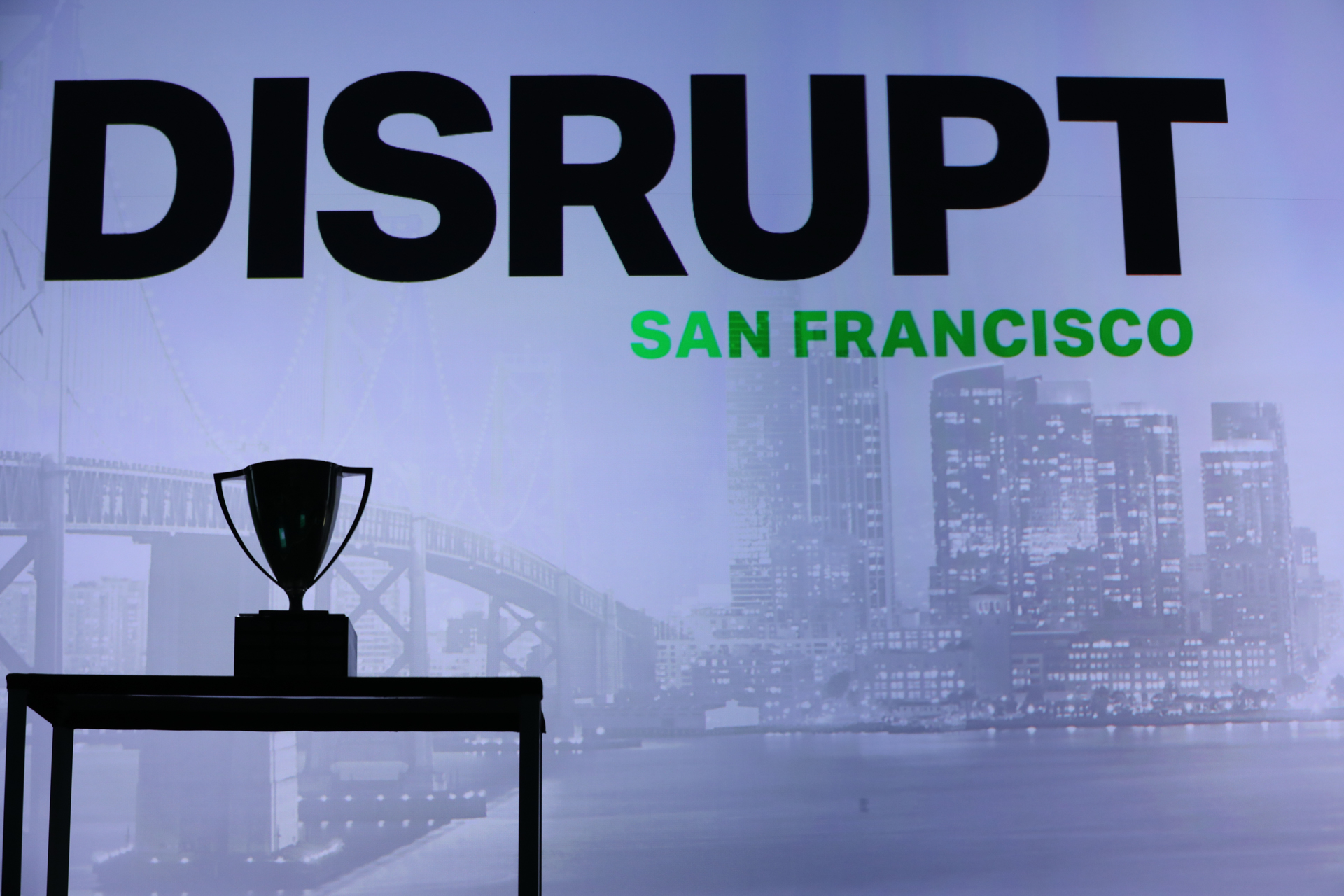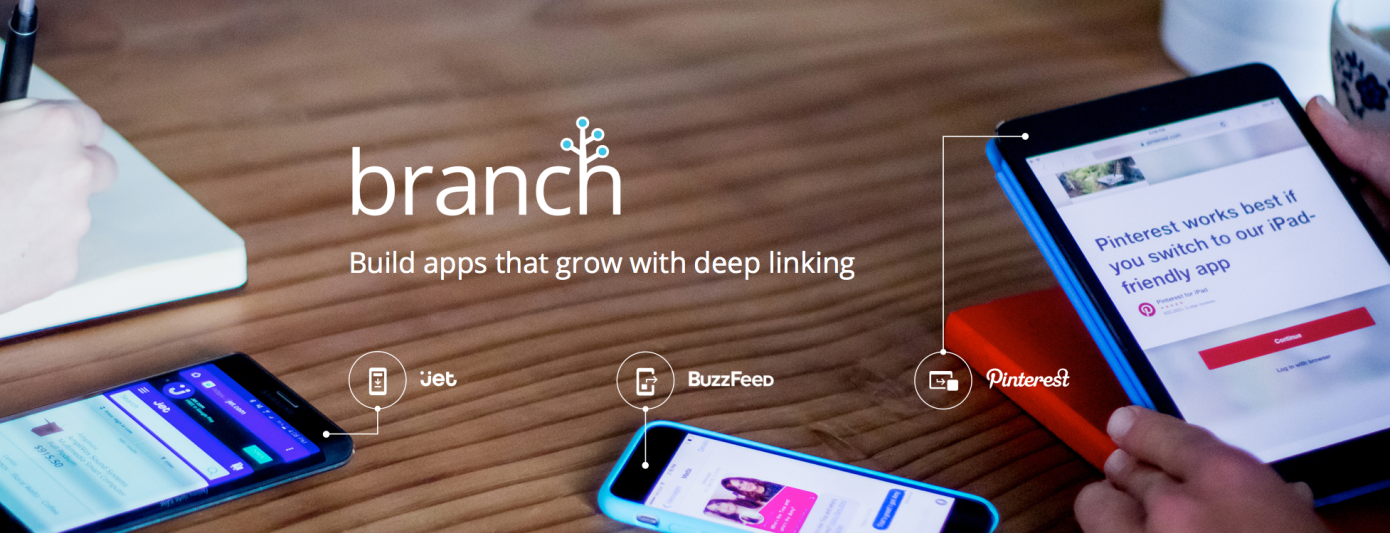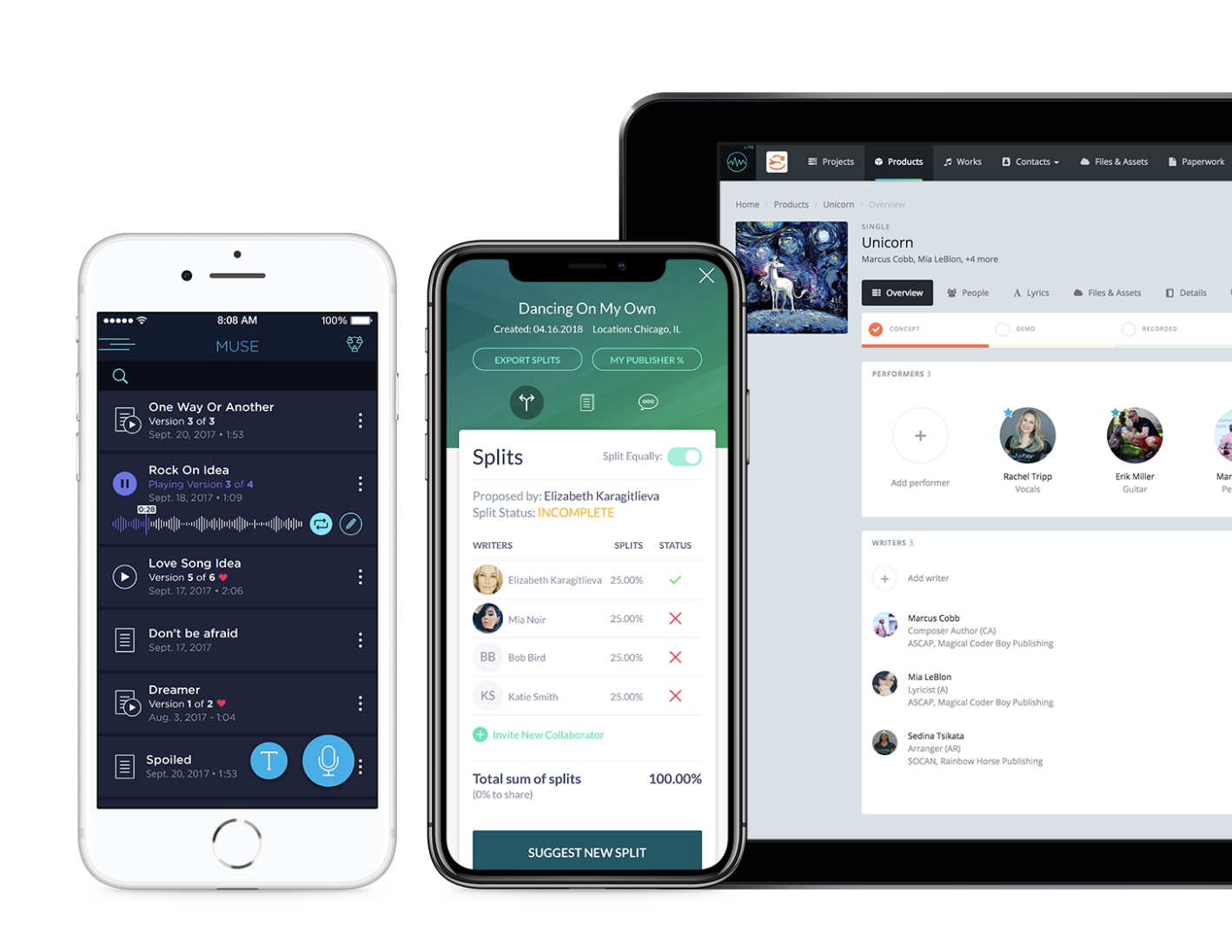Half an hour into their two-hour testimony on Wednesday before the Senate Intelligence Committee, Facebook COO Sheryl Sandberg and Twitter CEO Jack Dorsey were asked about collaboration between social media companies. “Our collaboration has greatly increased,” Sandberg stated before turning to Dorsey and adding that Facebook has “always shared information with other companies.” Dorsey nodded in response, and noted for his part that he’s very open to establishing “a regular cadence with our industry peers.”
Social media companies have established extensive policies on what constitutes “hate speech” on their platforms. But discrepancies between these policies open the possibility for propagators of hate to game the platforms and still get their vitriol out to a large audience. Collaboration of the kind Sandberg and Dorsey discussed can lead to a more consistent approach to hate speech that will prevent the gaming of platforms’ policies.
But collaboration between competitors as dominant as Facebook and Twitter are in social media poses an important question: would antitrust or other laws make their coordination illegal?
The short answer is no. Facebook and Twitter are private companies that get to decide what user content stays and what gets deleted off of their platforms. When users sign up for these free services, they agree to abide by their terms. Neither company is under a First Amendment obligation to keep speech up. Nor can it be said that collaboration on platform safety policies amounts to collusion.
This could change based on an investigation into speech policing on social media platforms being considered by the Justice Department. But it’s extremely unlikely that Congress would end up regulating what platforms delete or keep online – not least because it may violate the First Amendment rights of the platforms themselves.
What is hate speech anyway?
Trying to find a universal definition for hate speech would be a fool’s errand, but in the context of private companies hosting user generated content, hate speech for social platforms is what they say is hate speech.
Facebook’s 26-page Community Standards include a whole section on how Facebook defines hate speech. For Facebook, hate speech is “anything that directly attacks people based on . . . their ‘protected characteristics’ — race, ethnicity, national origin, religious affiliation, sexual orientation, sex, gender, gender identity, or serious disability or disease.” While that might be vague, Facebook then goes on to give specific examples of what would and wouldn’t amount to hate speech, all while making clear that there are cases – depending on the context – where speech will still be tolerated if, for example, it’s intended to raise awareness.
Twitter uses a “hateful conduct” prohibition which they define as promoting “violence against or directly attacking or threatening other people on the basis of race, ethnicity, national origin, sexual orientation, gender, gender identity, religious affiliation, age, disability, or serious disease.” They also prohibit hateful imagery and display names, meaning it’s not just what you tweet but what you also display on your profile page that can count against you.
Both companies constantly reiterate and supplement their definitions, as new test cases arise and as words take on new meaning. For example, the two common slang words to describe Ukrainians by Russians and Russians by Ukrainians was determined to be hate speech after war erupted in Eastern Ukraine in 2014. An internal review by Facebook found that what used to be common slang had turned into derogatory, hateful language.
Would collaboration on hate speech amount to anticompetitive collusion?
Under U.S. antitrust laws, companies cannot collude to make anticompetitive agreements or try to monopolize a market. A company which becomes a monopoly by having a superior product in the marketplace doesn’t violate antitrust laws. What does violate the law is dominant companies making an agreement – usually in secret – to deceive or mislead competitors or consumers. Examples include price fixing, restricting new market entrants, or misrepresenting the independence of the relationship between competitors.
A Pew survey found that 68% of Americans use Facebook. According to Facebook’s own records, the platform had a whopping 1.47 billion daily active users on average for the month of June and 2.23 billion monthly active users as of the end of June – with over 200 million in the US alone. While Twitter doesn’t disclose its number of daily users, it does publish the number of monthly active users which stood at 330 million at last count, 69 million of which are in the U.S.
There can be no question that Facebook and Twitter are overwhelmingly dominant in the social media market. That kind of dominance has led to calls for breaking up these giants under antitrust laws.
Would those calls hold more credence if the two social giants began coordinating their policies on hate speech?
The answer is probably not, but it does depend on exactly how they coordinated. Social media companies like Facebook, Twitter, and Snapchat have grown large internal product policy teams that decide the rules for using their platforms, including on hate speech. If these teams were to get together behind closed doors and coordinate policies and enforcement in a way that would preclude smaller competitors from being able to enter the market, then antitrust regulators may get involved.
Antitrust would also come into play if, for example, Facebook and Twitter got together and decided to charge twice as much for advertising that includes hate speech (an obviously absurd scenario) – in other words, using their market power to affect pricing of certain types of speech that advertisers use.
In fact, coordination around hate speech may reduce anti-competitive concerns. Given the high user engagement around hate speech, banning it could lead to reduced profits for the two companies and provide an opening to upstart competitors.
Sandberg and Dorsey’s testimony Wednesday didn’t point to executives hell-bent on keeping competition out through collaboration. Rather, their potential collaboration is probably better seen as an industry deciding on “best practices,” a common occurrence in other industries including those with dominant market players.
What about the First Amendment?
Private companies are not subject to the First Amendment. The Constitution applies to the government, not to corporations. A private company, no matter its size, can ignore your right to free speech.
That’s why Facebook and Twitter already can and do delete posts that contravene their policies. Calling for the extermination of all immigrants, referring to Africans as coming from shithole countries, and even anti-gay protests at military funerals may be protected in public spaces, but social media companies get to decide whether they’ll allow any of that on their platforms. As Harvard Law School’s Noah Feldman has stated, “There’s no right to free speech on Twitter. The only rule is that Twitter Inc. gets to decide who speaks and listens–which is its right under the First Amendment.”
Instead, when it comes to social media and the First Amendment, courts have been more focused on not allowing the government to keep citizens off of social media. Just last year, the U.S. Supreme Court struck down a North Carolina law that made it a crime for a registered sex offender to access social media if children use that platform. During the hearing, judges asked the government probing questions about the rights of citizens to free speech on social media from Facebook, to Snapchat, to Twitter and even LinkedIn.
Justice Ruth Bader Ginsburg made clear during the hearing that restricting access to social media would mean “being cut off from a very large part of the marketplace of ideas [a]nd [that] the First Amendment includes not only the right to speak, but the right to receive information.”
The Court ended up deciding that the law violated the fundamental First Amendment principle that “all persons have access to places where they can speak and listen,” noting that social media has become one of the most important forums for expression of our day.
Lower courts have also ruled that public officials who block users off their profiles are violating the First Amendment rights of those users. Judge Naomi Reice Buchwald, of the Southern District of New York, decided in May that Trump’s Twitter feed is a public forum. As a result, she ruled that when Trump blocks citizens from viewing and replying to his posts, he violates their First Amendment rights.
The First Amendment doesn’t mean Facebook and Twitter are under any obligation to keep up whatever you post, but it does mean that the government can’t just ban you from accessing your Facebook or Twitter accounts – and probably can’t block you off of their own public accounts either.
Collaboration is Coming?
Sandberg made clear in her testimony on Wednesday that collaboration is already happening when it comes to keeping bad actors off of platforms. “We [already] get tips from each other. The faster we collaborate, the faster we share these tips with each other, the stronger our collective defenses will be.”
Dorsey for his part stressed that keeping bad actors off of social media “is not something we want to compete on.” Twitter is here “to contribute to a healthy public square, not compete to have the only one, we know that’s the only way our business thrives and helps us all defend against these new threats.”
He even went further. When it comes to the drafting of their policies, beyond collaborating with Facebook, he said he would be open to a public consultation. “We have real openness to this. . . . We have an opportunity to create more transparency with an eye to more accountability but also a more open way of working – a way of working for instance that allows for a review period by the public about how we think about our policies.”
I’ve already argued why tech firms should collaborate on hate speech policies, the question that remains is if that would be legal. The First Amendment does not apply to social media companies. Antitrust laws don’t seem to stand in their way either. And based on how Senator Burr, Chairman of the Senate Select Committee on Intelligence, chose to close the hearing, government seems supportive of social media companies collaborating. Addressing Sandberg and Dorsey, he said, “I would ask both of you. If there are any rules, such as any antitrust, FTC, regulations or guidelines that are obstacles to collaboration between you, I hope you’ll submit for the record where those obstacles are so we can look at the appropriate steps we can take as a committee to open those avenues up.”
from Social – TechCrunch https://ift.tt/eA8V8J Hate speech, collusion, and the constitution Danny Crichton https://ift.tt/2CIdRYC
via IFTTT











 In addition to the new platform, which is now in private testing, Rigetti also announced a $1 million prize for the first team that manages to show quantum advantage on this hybrid platform. Quantum advantage, at least according to Rigetti’s definition, is the milestone where a quantum system will be able to solve a real problem that is beyond the reach of classical computers. The company plans to announce more details around this prize at the end of October.
In addition to the new platform, which is now in private testing, Rigetti also announced a $1 million prize for the first team that manages to show quantum advantage on this hybrid platform. Quantum advantage, at least according to Rigetti’s definition, is the milestone where a quantum system will be able to solve a real problem that is beyond the reach of classical computers. The company plans to announce more details around this prize at the end of October.


















